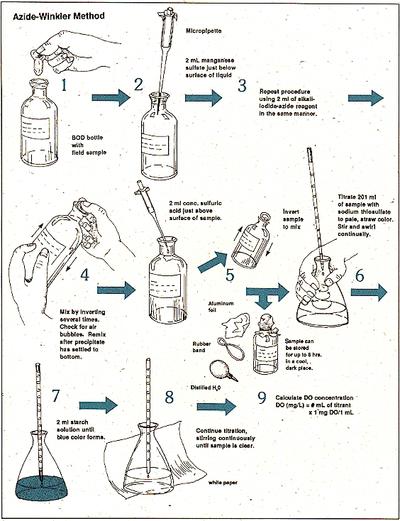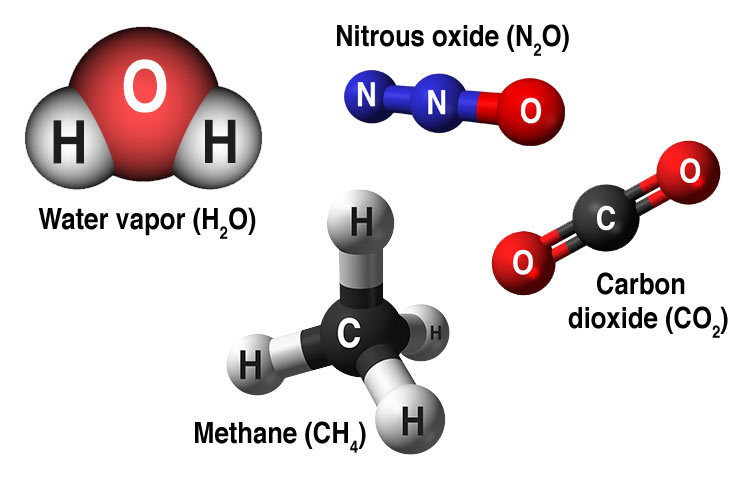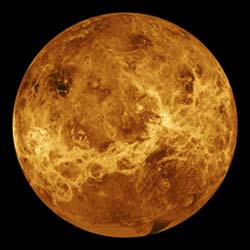EE-Unit-III Eutrophication
What are the sources of nutrients causing eutrophication of lakes and reservoirs? There are many sources. All activities in the entire drainage area of a lake or reservoir are reflected directly or indirectly in the water quality of these water bodies. A lake or reservoir may, however, be naturally eutrophied when situated in a fertile area with naturally nutrient enriched soils. In many lakes and reservoirs wastewater is the main source since untreated wastewater or wastewater treated only by a conventional mechanical- biological methods still contains nitrogen (25-40 mg per liter) and phosphorus (6-10 mg per liter). Both nitrogen and phosphorus can be removed by well-known technology – phosphorus by addition of a chemical that precipitates phosphate though a chemical reaction, and nitrogen usually by biological means through micro- organism activity. Nitrogen costs more money and also, technically speaking, is more difficult to remove than phosphorus.
 |
| General view of a wetland. |
Drainage water from agricultural land also contains phosphorus and nitrogen. It usually has much more nitrogen because phosphorus is usually bound to soil components. Extensive use of fertilizers results in significant concentrations of nutrients particularly nitrogen, in agricultural runoff. If eroded soil reaches the lake, both phosphorus and the nitrogen in the soil contribute to eutrophication. Erosion is often caused by deforestation which also results from unwise planning and management of the resource.
Wetlands are increasingly used to solve the problem of diffuse pollution from agriculture which cause eutrophication (Photo 20). Nitrate is converted in wetlands to free nitrogen and released to the air. This is not harmful, as free nitrogen compromises about 4/ 5ths of the atmosphere. Phosphorus is adsorbed by wetland soils and, like nitrogen, is taken up by the plants. Both nitrogen and phosphorus may therefore be removed by wetlands. In addition, it is often also necessary to control fertilizer usage in agricultural practices as the majority may end up in the drainage area, if the diffuse pollution from nutrients is to be reduced sufficiently to improve water quality.
 |
|
Aerial view of fish pens in Laguna de Bay, Philippines.
|
Rain water contains phosphorus and nitrogen from air pollution. As nitrogen is more mobile in the atmosphere than phosphorus, it is usually over 20 times more concentrated than phosphorus. Nitrogen can only be reduced in rain water by extensive controls of the air pollution in the entire region. One can safely say that the main sources of pollution in the atmosphere are from industries and automobile exhaust without proper filtering systems.
When lakes are used for aquaculture, excess fish food pollutes the water as complete use of the food cannot be achieved (Photo 21). Nitrogen and phosphorus present in the excess food is dissolved or suspended in the water. The use of lakes for aquaculture therefore needs careful environmental planning and management practices by the owners and workers.
The sediment of a lake -its muddy bottom layer -contains relatively high concentrations of nitrogen and phosphorus. These can be released to water, particularly under conditions of low oxygen concentrations. The nutrients in the sediment come from the past settling of algae and dead organic matter. The nutrients released from sediments are referred to as the lake’s internal loading.
Figure 5 sketches the sources of nutrients: externally from wastewater, agricultural drainage water, erosion and rain, and internally from activities in the lake itself, e.g. aquaculture and sediment release.
It is possible but very expensive to remove the upper nutrient-rich layer of sediment. Covering sediments with clay to seal them and thereby reduce internal loading has also been tried. Even when nutrients are removed in large amounts from wastewater, agricultural drainage water and rain, it often takes much time before nutrient concentrations fall in the upper sediment layer because they are still present in the water environment. Early reduction or elimination of nutrient sources is therefore very important.
 |
|
Major sources of nutrients in lakes.
|
Lakes and reservoirs can be classified according to the extent of their eutrophication (or nutrients enrichment) into four main classes: oligotrophic, mesotrophic, eutrophic and hypereutrophic (Table 3). This classification results from extensive examination of eutrophication in countries within the Organization for Economic Cooperation and Development (OECD) in the 1970s and early 1980s. It is based on concentrations of phosphorus, nitrogen and chlorophyll a (the green plant pigment needed in photosynthesis). Chlorophyll a roughly indicates the concentration of plant biomass (on average 1% of algae biomass is chlorophyll a).
 |
Factors that limit Eutrophication
Table 4 shows the average composition of freshwater plants on a wet basis (when they are not dried): the plants require all listed components in the approximate percentages indicated. Generally, nitrogen (0.7%) and/or phosphorus (0.09%) are usually the first components depleted when plants form following photosynthesis. These two nutrients are less abundant in water than other elements needed, relative to their composition in plants. About eight times more nitrogen is required than phosphorus. Phosphorus thus limits eutrophication if nitrogen is more than eight times as abundant as phosphorus, while nitrogen limits eutrophication if its concentration is less than eight times as abundant as phosphorus.
 |
Untreated wastewater and wastewater treated bymechanical-biologicalmethods contain about 32mg/L nitrogen and about 8 mg/L phosphorus on average. In a lake heavily loaded with wastewater, eutrophication is limited by nitrogen, as the nitrogen concentration in the discharged wastewater is only four times the phosphorus concentration. Such lakes often display extensive blooms of blue-green algae as unsightly surface scum (Photo 22). Some species of blue-green algae use nitrogen directly from the air and grow, although dissolved nitrogen is limiting. Lakes that receive natural tributaries and drainage water from agriculture, however, have high nitrogen concentrations and are therefore usually limited by phosphorus. The central question is not to determine which nutrient is limiting but to determine which nutrient can most easily be made limiting. As phosphorus is more easily and less expensively removed from wastewater than nitrogen, in many cases (but not all) the best environmental management strategy for lakes and reservoirs is to remove as much phosphorus as possible from wastewater. |






/Module-3/3b/2.gif)
/Module-3/3b/8.gif)
/Module-3/3b/9.gif)
/Module-3/3b/12.gif)
/Module-3/3b/13.gif)
/Module-3/3b/14.gif)
/Module-3/3b/4.gif)
/Module-3/3b/5.gif)
/Module-3/3b/10.gif)
/Module-3/3b/11.gif)
/Module-3/3b/6.gif)
/Module-3/3b/7.gif)












